While computer monitors seem to be more or less the same once you get past the size and the ports, that’s not really true. Even the most common type, the humble LCD, has a lot of sub-types. And while the differences between them are subtle, they can vary greatly in how they perform and how you use them.
The simple idea of a monitor hasn’t changed a lot since we all moved from cathode ray tubes (CRT) — the big, old-fashioned gray boxes that some of you are too young to remember seeing in real life — to relatively tiny liquid crystal displays (LCD). LCDs have been around for decades, first being paired with simple computer displays way back in the 1970s.
The physics of how they work are fascinating, complex, and frankly too much to cover in an article you probably Googled just to figure out something on a spec sheet. I’m going do my best to bottom-line the most common variants, and why you should know and care about them. I’ll be linking to the relevant Wikipedia articles if you want to do some deep dives on the actual physics behind these displays.
There are three major types of LCD panels used in computer monitors, including the screens built into laptops. These are twisted nematic field effect (TN), in-plane switching (IPS), and vertical alignment (VA).
Further reading: The best monitors
TN monitors
Twisted nematic LCDs are the oldest type of LCD still in use, with technology iterated since the original digital watch designs decades ago. The name comes from the fact that the molecules of liquid crystal that become electrified are literally twisted by 90 degrees between two glass plates.
Light shines through the liquid crystals and polarization filters, activating the pixel on the screen. Red, blue, and green pixels are combined in a sub-pixel array, and combined at variable brightness to create the desired pixel color.

In a TN panel, the liquid crystal molecules are twisted by 90 degrees in their off state (left) between substrates.
In a TN panel, the liquid crystal molecules are twisted by 90 degrees in their off state (left) between substrates.
In a TN panel, the liquid crystal molecules are twisted by 90 degrees in their off state (left) between substrates.
<div class="scrim" style="background-color: #fff" aria-hidden="true"></div>
</div></figure><a href="https://go.skimresources.com?id=111346X1569483&xs=1&url=https://commons.wikimedia.org/w/index.php?curid=1568630&xcust=2-1-2348502-1-0-0&sref=https://www.pcworld.com/feed" target="_blank" class="imageCredit" rel="nofollow">Wikimedia Commons</a></div>As an older and simpler technology, TN panels are generally reserved for budget monitors these days. TN panels are some of the cheapest on the market (if you can even find them), with poorer color accuracy, lower brightness, and slower refresh rates than the alternatives. Most dramatically, TN panels have notably poor viewing angles — move to either side of a TN screen, and the color will begin to distort.
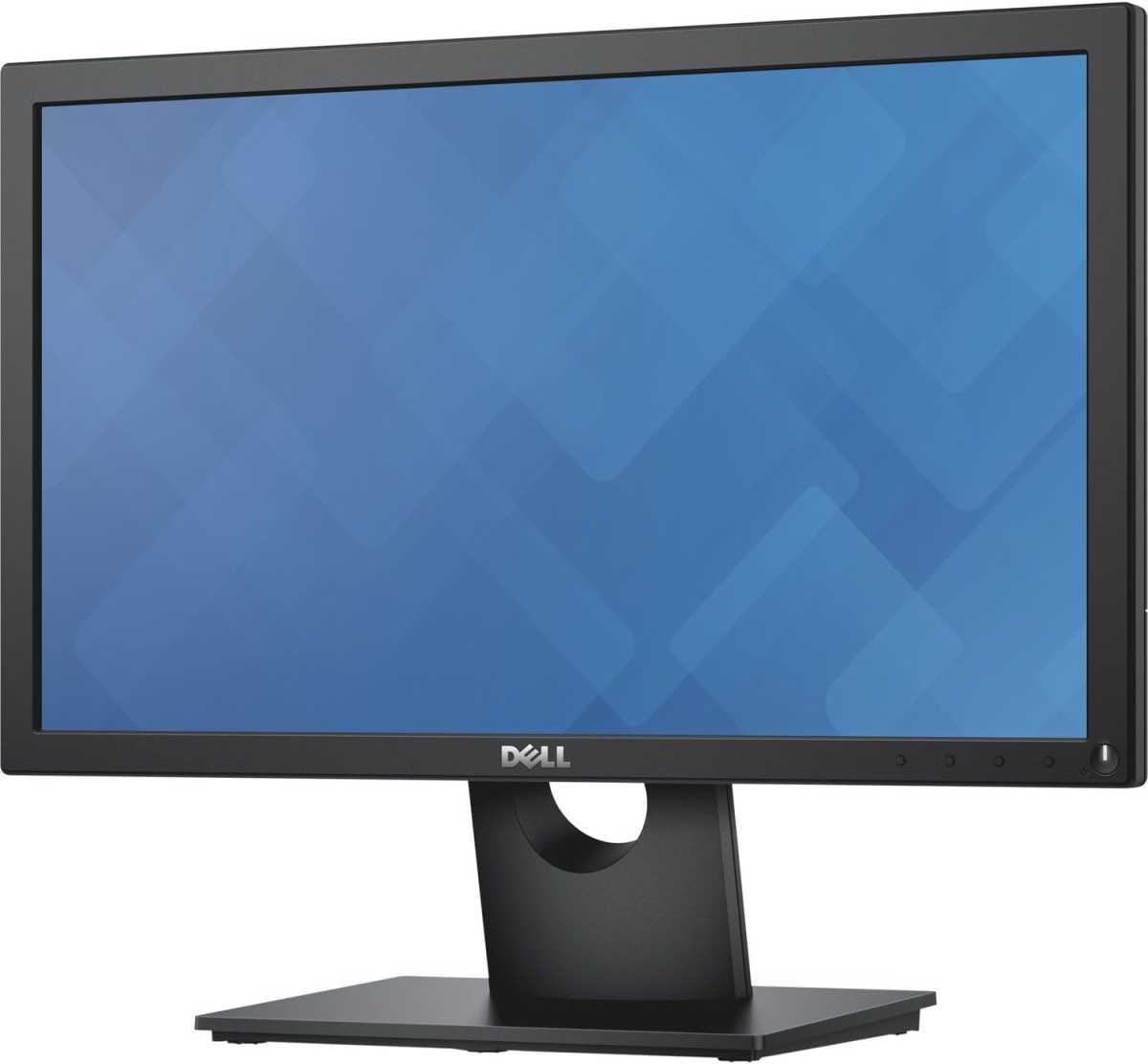
This budget Dell monitor uses a TN panel, but it’s smaller, slower, and darker than most alternatives.
This budget Dell monitor uses a TN panel, but it’s smaller, slower, and darker than most alternatives.
<div class="lightbox-image-container foundry-lightbox"><div class="extendedBlock-wrapper block-coreImage undefined"><figure class="wp-block-image size-large enlarged-image"><img decoding="async" data-wp-bind--src="selectors.core.image.enlargedImgSrc" data-wp-style--object-fit="selectors.core.image.lightboxObjectFit" src="" alt="Dell TN LCD monitor" class="wp-image-2348542" width="1200" height="1113" loading="lazy" /><figcaption class="wp-element-caption"><p>This budget Dell monitor uses a TN panel, but it’s smaller, slower, and darker than most alternatives. </p> </div></figure><a href="http://buy.geni.us/Proxy.ashx?TSID=14154&GR_URL=https://www.amazon.com/Dell-1366x768-Anti-Glare-Hard-Coating-100x100mm/dp/B0D429FT8L/?ascsubtag=2-1-2348502-1-0-0" target="_blank" class="imageCredit" rel="nofollow">Dell</a></div>TN panels aren’t bad, per se, and they’re definite improvements on using a CRT. They also have surprisingly fast response times (the time between when the electrical signals for the image are sent to the monitor and when the image is displayed). But unless you’re deliberately looking for a bargain with an older monitor, you really shouldn’t be considering it for a new purchase.
IPS monitors
IPS stands for in-plane switching, referring to the fact that the molecules of liquid crystal are aligned parallel to the glass on either side, even when powered on. Once again, the reasons for this (and why it’s better than the crystal being twisted) are extremely complex.
But the benefit for consumers is that IPS monitors have fantastic color reproduction, allowing at least some of them to be incredibly accurate to true-life color. Some high-quality IPS monitors can cover 100 percent of the Digital Camera Initiative color space (DCI-P3).
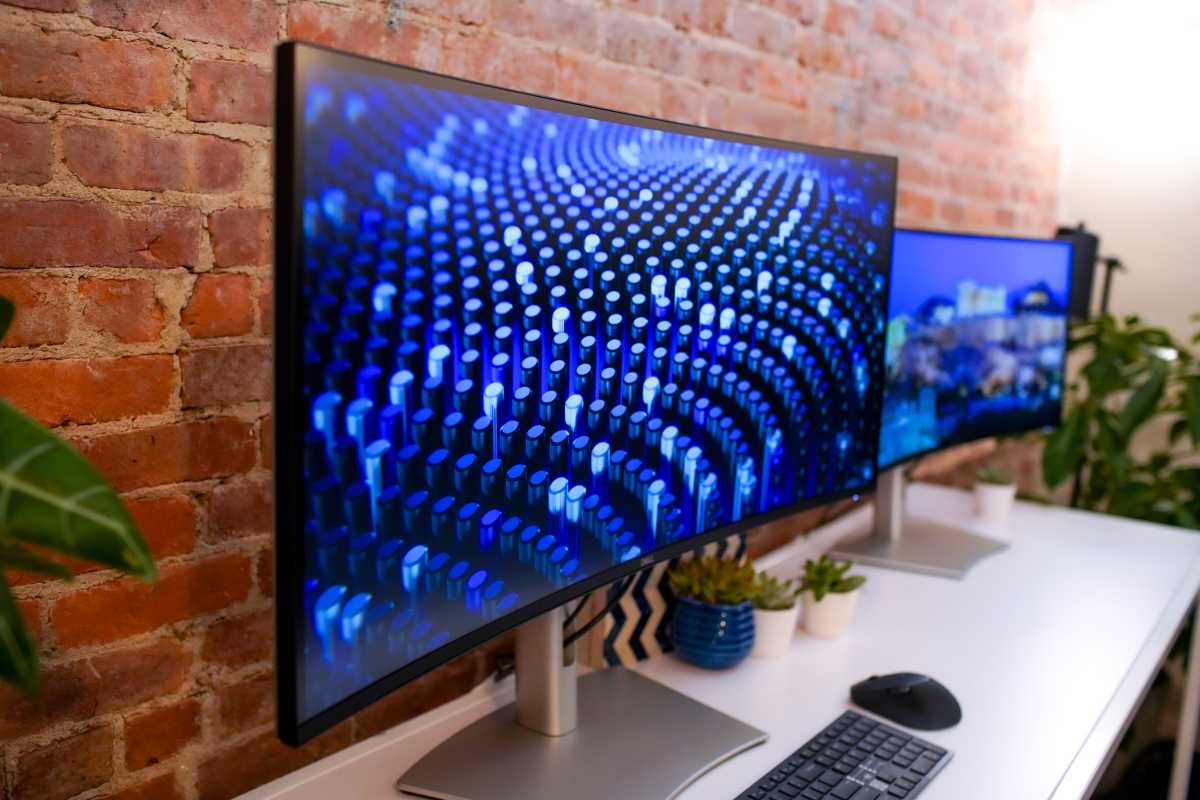
Dell
<div class="lightbox-image-container foundry-lightbox"><div class="extendedBlock-wrapper block-coreImage undefined"><figure class="wp-block-image size-large enlarged-image"><img decoding="async" data-wp-bind--src="selectors.core.imagAutentifică-te pentru a adăuga comentarii
Alte posturi din acest grup
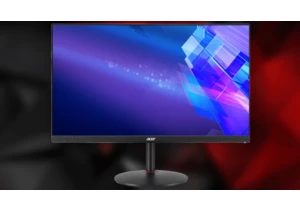
It ain’t easy to find a deal on a gaming monitor, particularly if you

Time and again, dangerous security vulnerabilities are discovered in
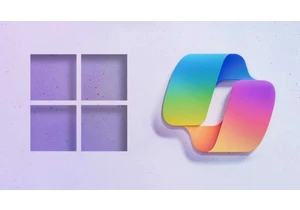
Microsoft has shared a video in which David Weston, who holds the tit
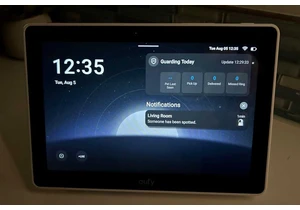
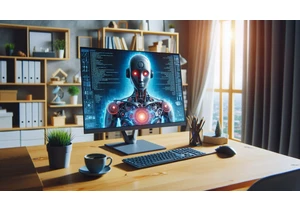
With new AI systems comes new AI vulnerabilities, and a big one was j

Stuck on a boss? Don’t know how to “perfect parry?” Microsoft is addi

Still hanging on to the old Hulu app? If so, it’s probably time to sa
